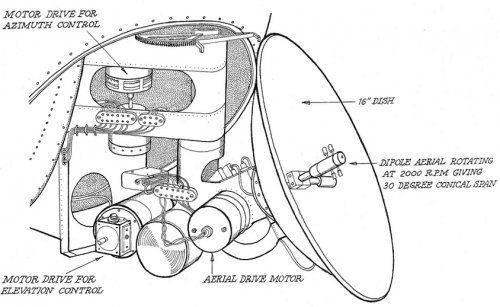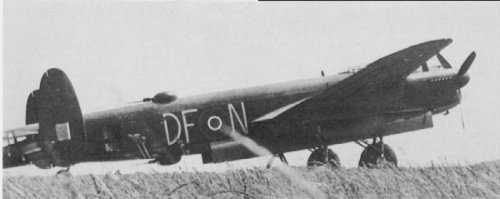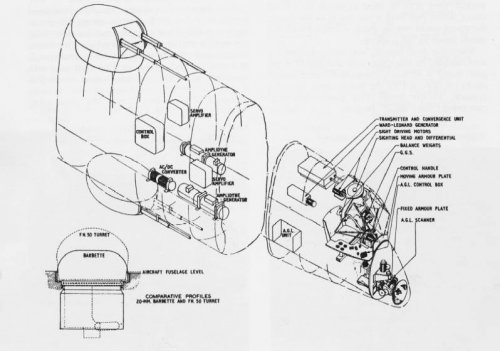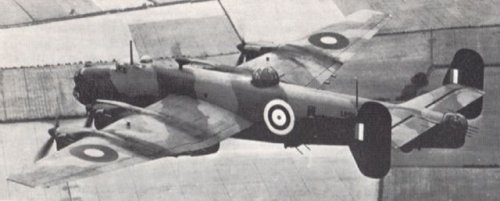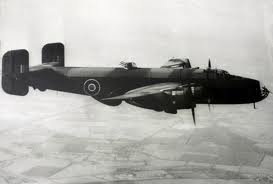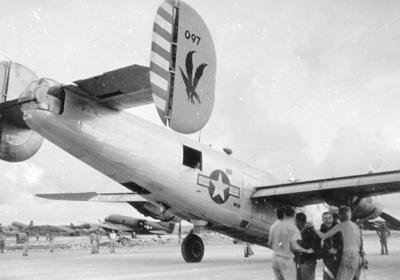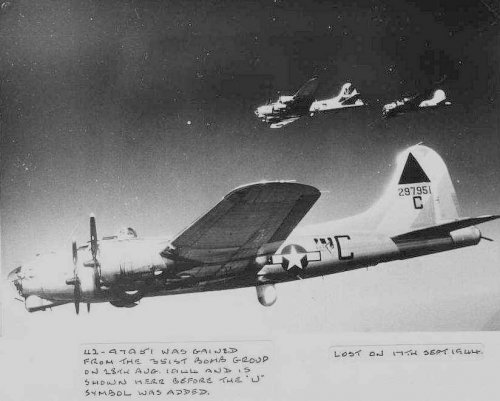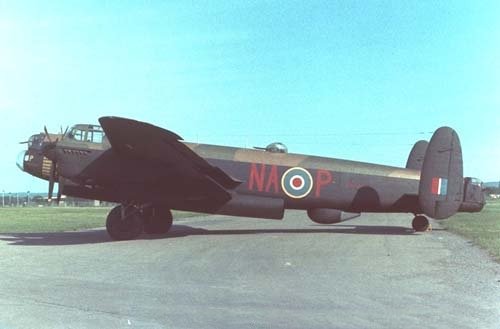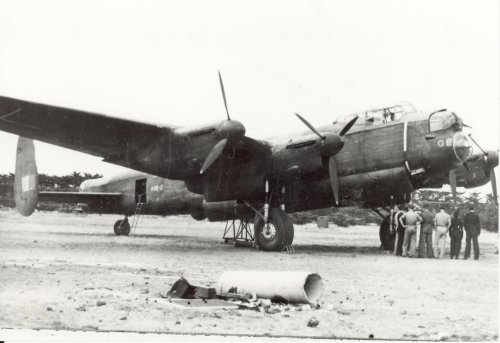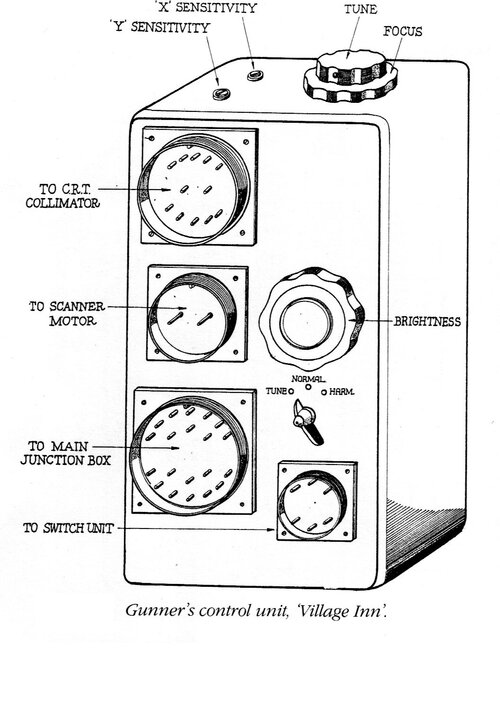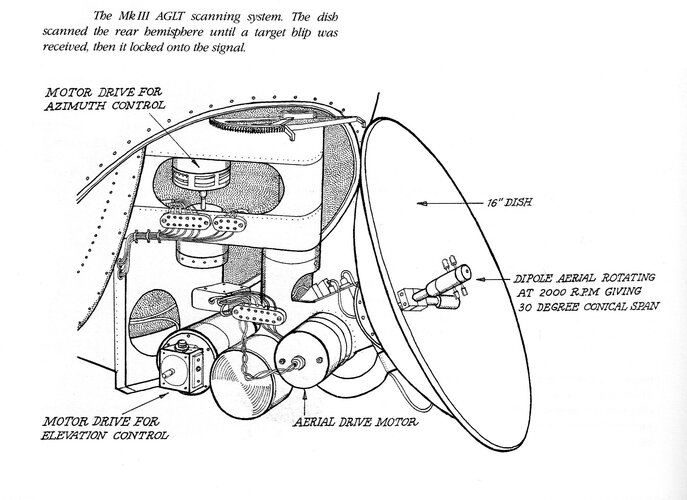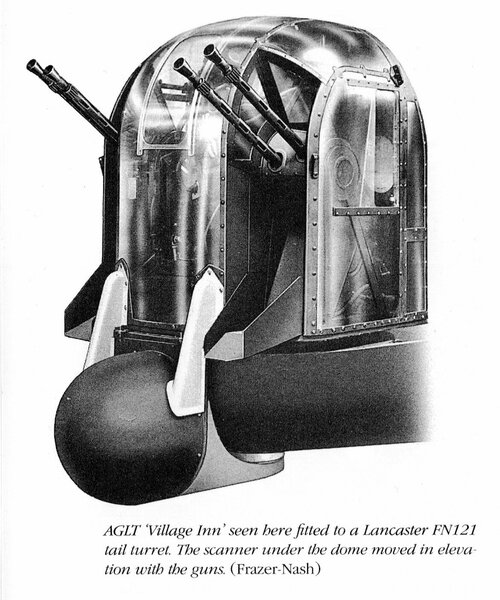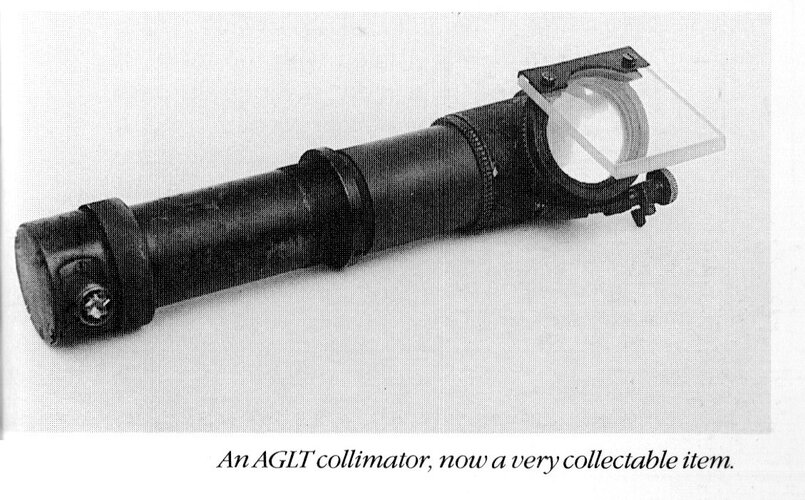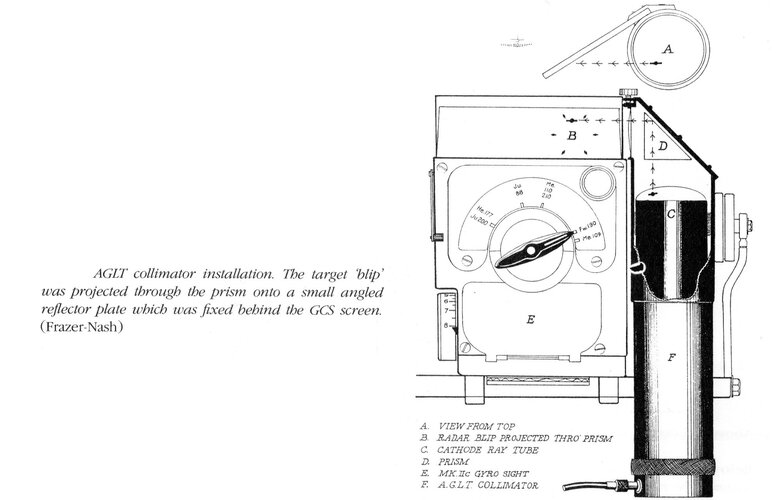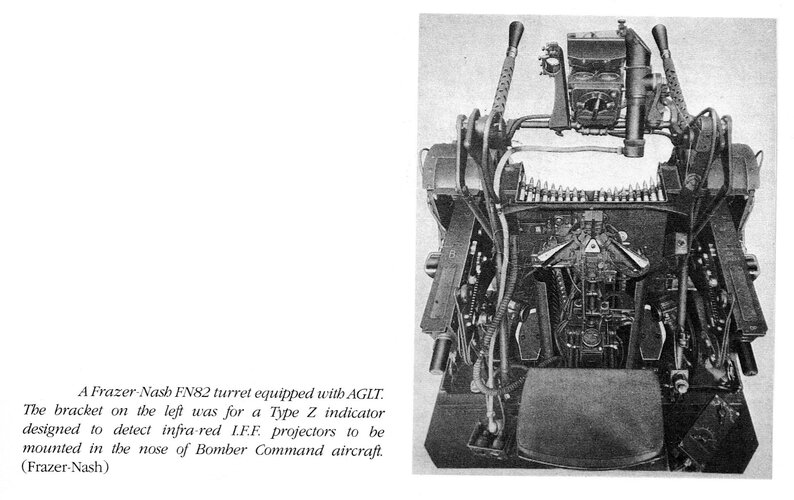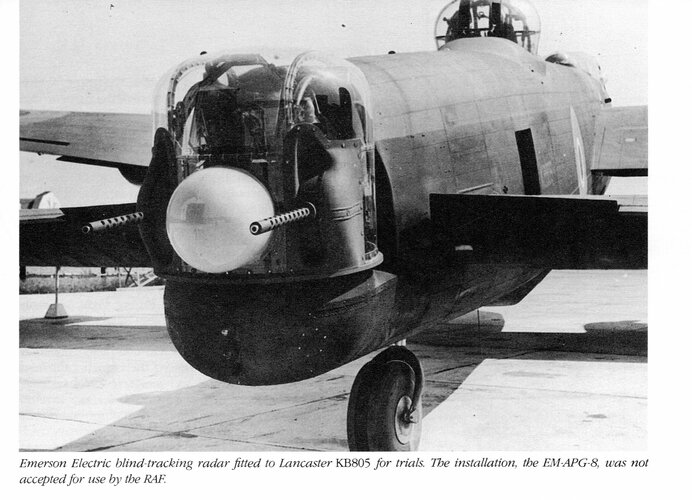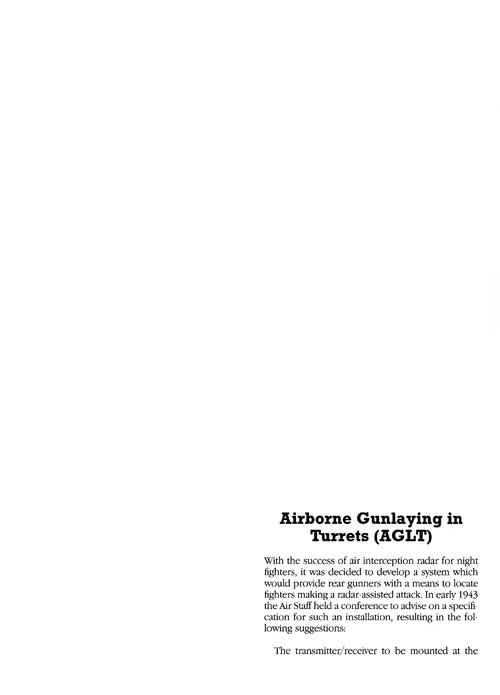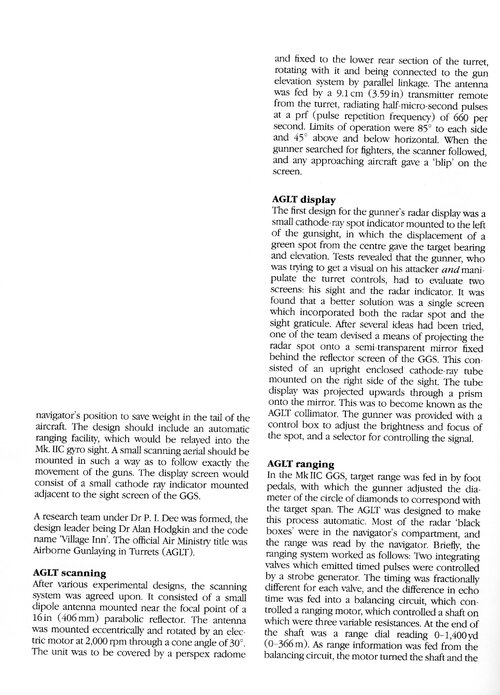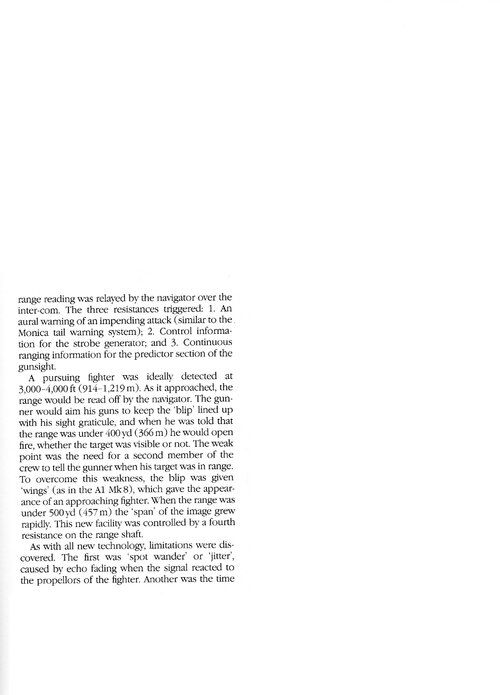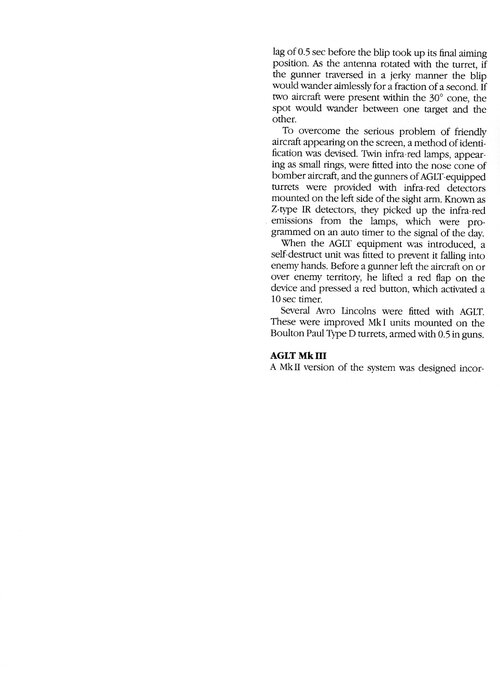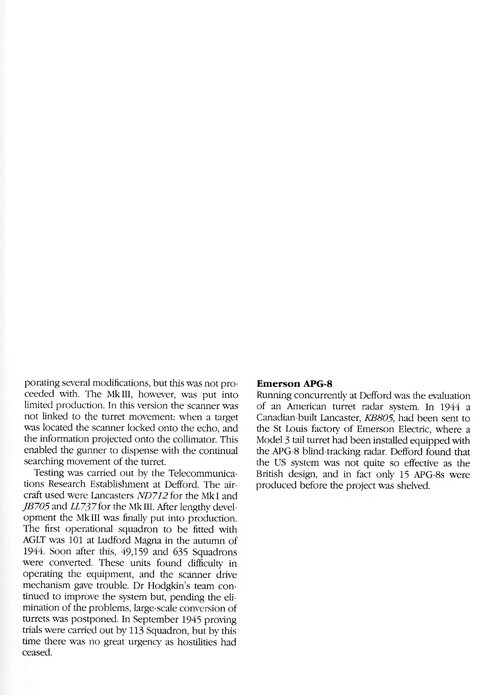- Joined
- 22 April 2012
- Messages
- 2,272
- Reaction score
- 2,036
I have been doing some very limited background reading regarding late war Lancaster variants and modifications and around the Avro Lincoln. Whilst Village Inn was being used in reasonable numbers by the end of the war (despite the issues with German homing equipment) the system appears to vanish after the war. Wikipedia mentions a AGLT Mark III that placed the scanner remotely from the turret, did this enter service? How come the system appears to have never been a standard fit on the Lincoln?
I am also curious as to whether any consideration was given to using the system with the other turrets, especially after the adoption of the twin 20mm dorsel turret on late model Lancasters and of course the Lincoln?
The systems post war vanishing act is odd given that the RAF did not lose heart in the tail warning radar, after all the Canberra got Orange Putter whilst Red Steer was fitted to the Vulcan.
This Lincoln is but it certainly has an AGLT installation for the tail turret so clearly the system was used with this type.
http://www.bredow-web.de/Museum_Cosford/Avro_Lincoln_BII/avro_lincoln_bii.html
According to this Flight Global article it was planned to develop the Lincoln's tail turret AGLT to fire the guns automatically!
http://www.flightglobal.com/pdfarchive/view/1950/1950 - 0182.html
I am also curious as to whether any consideration was given to using the system with the other turrets, especially after the adoption of the twin 20mm dorsel turret on late model Lancasters and of course the Lincoln?
The systems post war vanishing act is odd given that the RAF did not lose heart in the tail warning radar, after all the Canberra got Orange Putter whilst Red Steer was fitted to the Vulcan.
This Lincoln is but it certainly has an AGLT installation for the tail turret so clearly the system was used with this type.
http://www.bredow-web.de/Museum_Cosford/Avro_Lincoln_BII/avro_lincoln_bii.html
According to this Flight Global article it was planned to develop the Lincoln's tail turret AGLT to fire the guns automatically!
http://www.flightglobal.com/pdfarchive/view/1950/1950 - 0182.html
Last edited:

